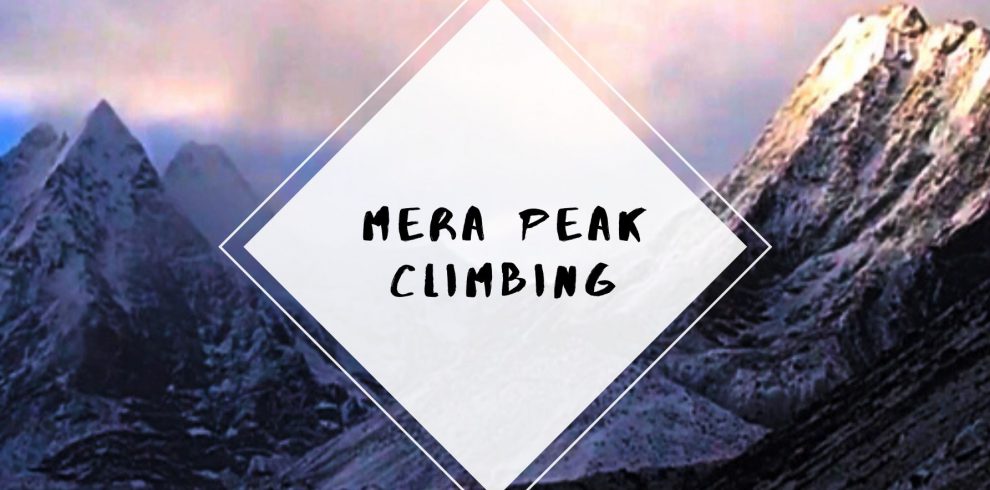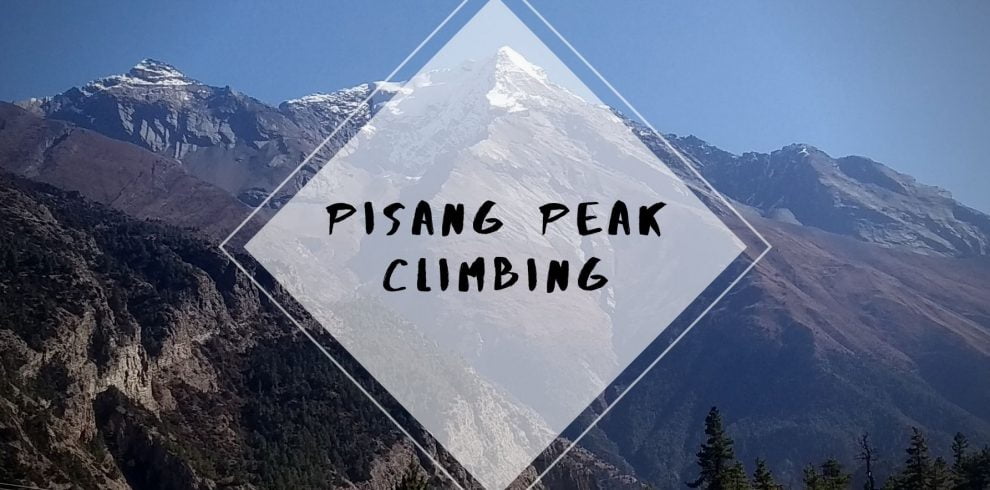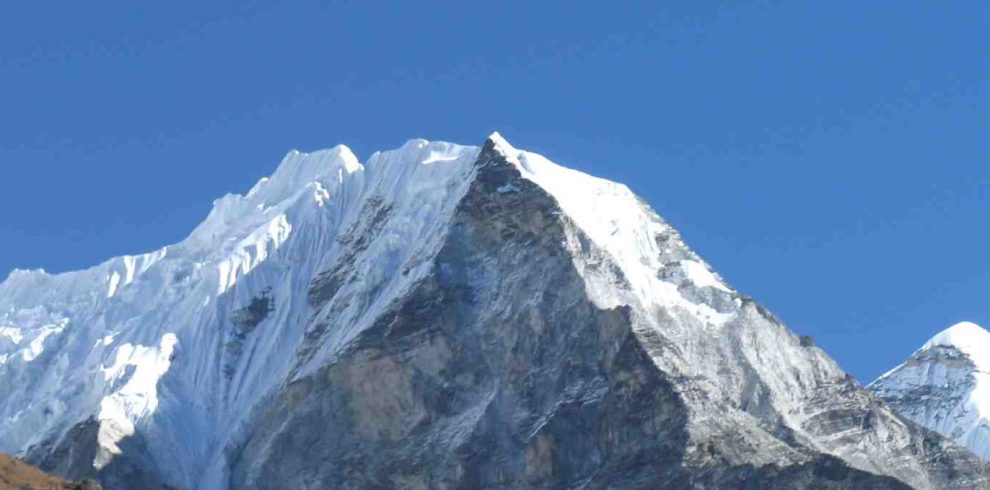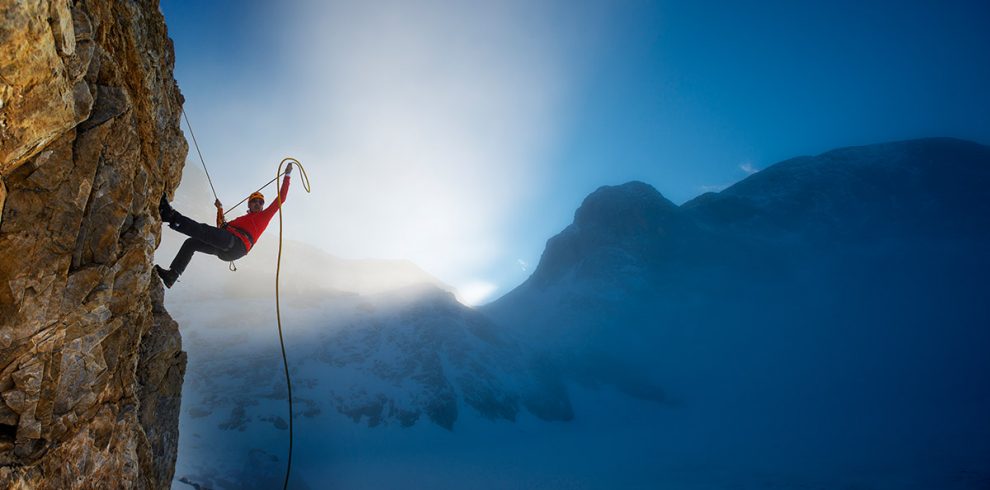-
$2,250
-
Group Discount
-
Medium-Hard
-
Lodge/ Tea House/Hotel
-
Breakfast/Lunch/Dinner
-
1+
Trip Overview
The highest climbing peak in the world, Mera peak climbing takes you to the stunning summit of Mera Peak (6,461m/21,190ft). Mera peak is an ideal choice for those people who are not climbing expert yet wants to reach to the summit of the majestic Himalayas. The view from the summit of Mera Peak is genuinely stunning offering you the grand view of Cho Oyu (8,188m), Lhotse (8,516m), Makalu (8,485m), Kangchenjuga (8,586m), and Mount Everest (8,848m).
Mera peak climbing requires basic mountaineering skills with less technical difficulties as compared to Island Peak Climbing. However, you should be physically & mentally fit with proper gear & equipment. It requires a minimum of 16 days in general to finish the climbing expedition.
Pristine Nepal Treks & Expeditions offers you this wonderful adventure, Mera Peak Climbing in Nepal with proper planning & excellent logistic support. Mera peak climbing itinerary is carefully designed by our team of climbing experts with steady ascent & enough days for acclimatization.
How to reach Mera Peak?
First of all, this Peak is of PD grade which means ‘Per Difficult’ as used from the French and Swiss Alpine Climbing system. Similarly, it is a straightforward climb of the least technical difficulties. After flying from Kathmandu to Lukla, our trek starts into the remote and isolated areas towards Chutanga-3,430m. And after an overnight stay at Chutanga, we will cross over the Kalo Himal Ridge of Nau-Lekh mountain range on the day 4th. From there, crossing Zatrwaog, we will then reach to Thuli-Kharka for an overnight stop.
Only on the 8th day of this expedition, we will reach Khare which is the starting point for Mera Peak. We will have acclimatization day in Khare too. On the next day from Khare, we will head to Mera Base Camp 5,300m walking over Mera Glacier.
On the 12th day, you will climb to the high camp (5,780m) and do preparation for the main summit of Mera Peak. The expert guide will be responsible for fixing ropes for the next day. And finally, on the 13th day, you will climb to Mera Peak summit (6,461m) which is the main goal from starting.
After a successful climb to the summit of Mera Peak, we will head back to Lukla on the same route. Following the path from Khothey to Thuli-Kharka and Lukla, this awesome adventure Mera Peak Climbing will complete. After that, we will head back to Kathmandu on a short flight with a scenic view in the way.
What is the best time for Mera Peak Climbing in Nepal?
The best time for Mera Peak would be in the Autumn & Spring season. Both of these seasons has the best weather with stable temperature offering you the breath-taking scenic views of majestic Himalayan ranges.
Why do peak climbing/trekking in Nepal?
Only people who are adventure seekers, who have guts, and love traveling will only know the trophy/value of it. In my view, trekking & climbing is the way to cherish your heart, to get new experience and to be part of nature. This is the way to heal your spirit and to be free from your busy life once in a lifetime. It is the only way to achieve glory in your life.
As technology is updating day to day, more people are being stuck in the technology world, forgetting about the beauty of nature. They are unknown about the huge gap they are leaving in their life by not experiencing any adventure in their life. Therefore, to fill the gap in their heart adventure, traveling and trekking are most important. And, here are the best treks & expeditions like Mera peak climb, Pisang peak climb, Island peak climb, etc. So, just live your life to the fullest and enjoy it because you won’t know what the future will bring you.
Cost inclusions
- Airport pick up and drop by private vehicle
- Two-night hotel in Kathmandu with breakfast
- Flight tickets from Kathmandu to Lukla and to Kathmandu
- Baggage allowances are 10kg checked-in and 5kg hand luggage
- Lodge accommodation (tea houses) during the trekking
- Meals: Breakfast, Lunch, and Dinner with tea/coffee per meal in a cup
- Experienced trekking guide and a Sherpa porter (salary, insurance, equipment, flights, food, and lodging) one porter is provided for two people
- Climbing Guide
- Insurance for climbing guide and porter
- All necessary climbing equipment
- Climbing permit and necessary documents
- Everest National Park permit fees and Trekking Information Management System (TIMS) card
- 4-season sleeping bag, feather-down jacket only for trekking
- Comprehensive medical kit
- Coordination of services for emergency and rescue operations
- Government and related local taxes
- Private vehicle for sightseeing in Kathmandu
- Farewell dinner at reputable restaurants
Cost exclusions
- Additional baggage charges on domestic flights
- Monument entrance fee in Kathmandu sightseeing
- Personal expenses such as laundry, bar bills, battery charge, extra porters, bottled or boiled water, hot shower on the lodge, heater, phone calls, etc
- Soft and hard drink
- Tips for guide and porter
- Any additional night stay in hotels in case an early return from the trek or an extended stay in Nepal
- Additional tours in Kathmandu
- Personal trekking equipment
- All your things or other necessaries which are not mentioned in included





